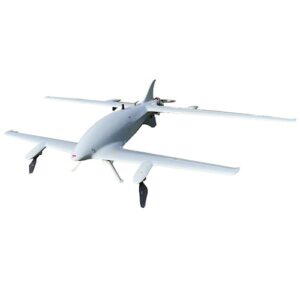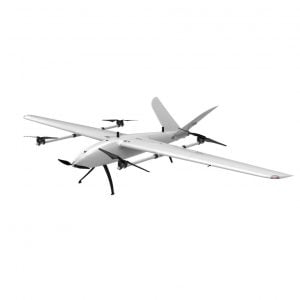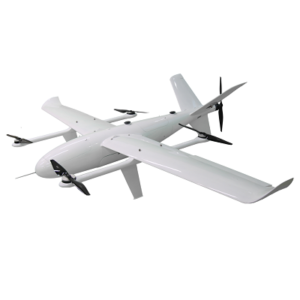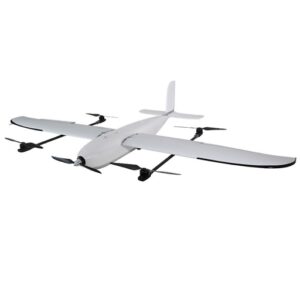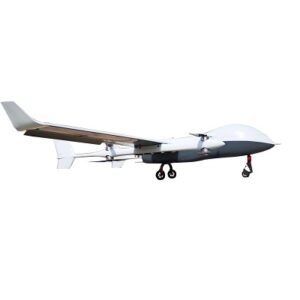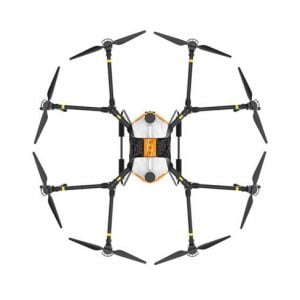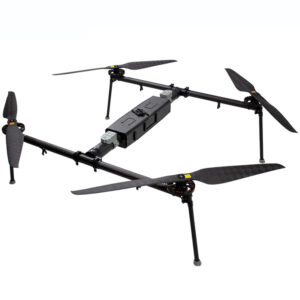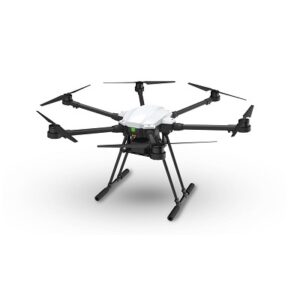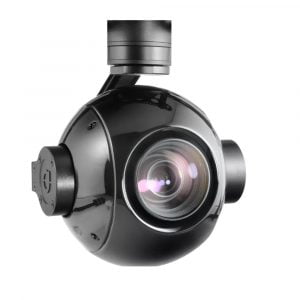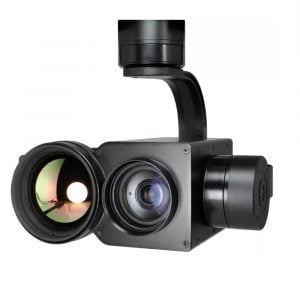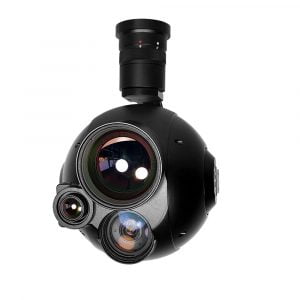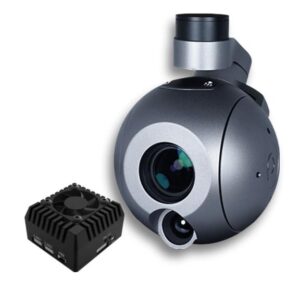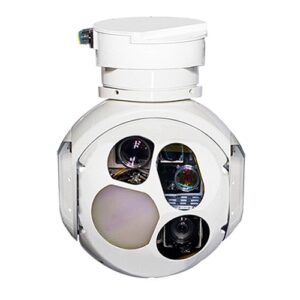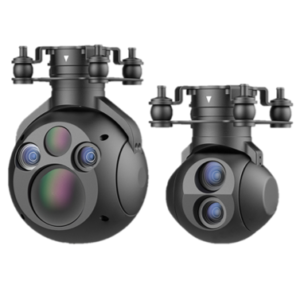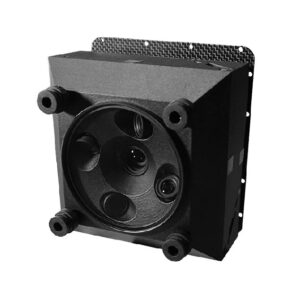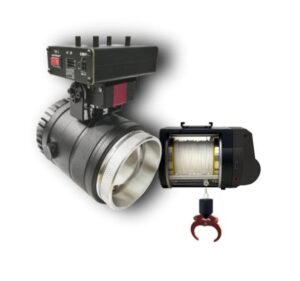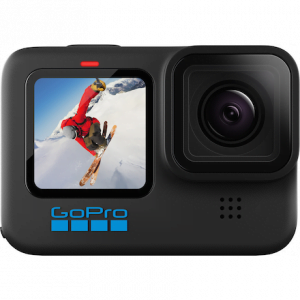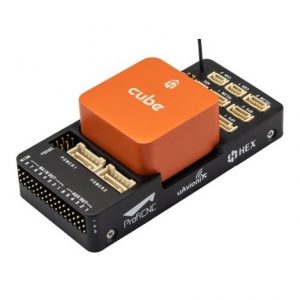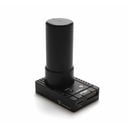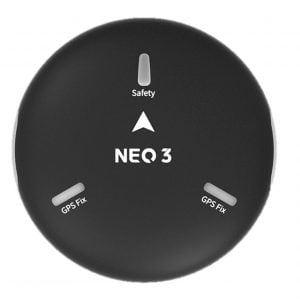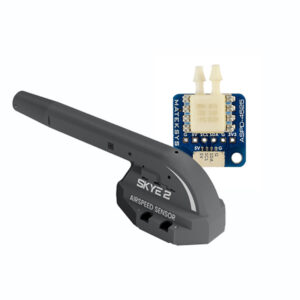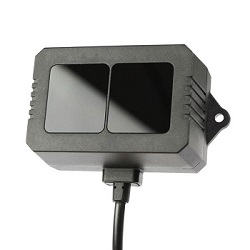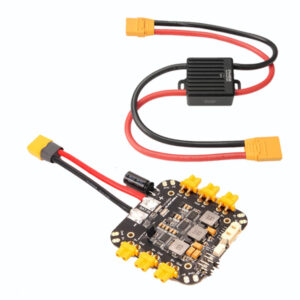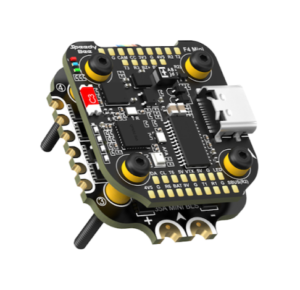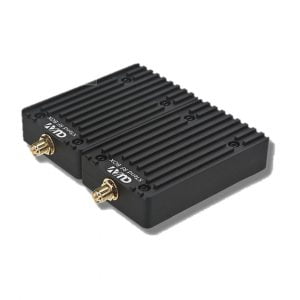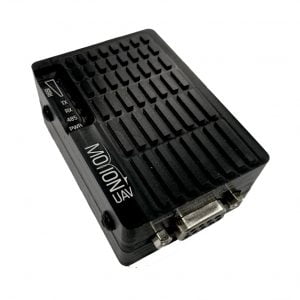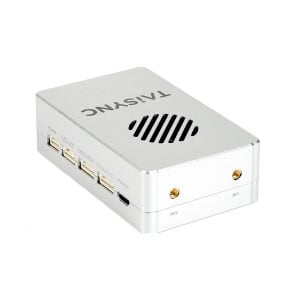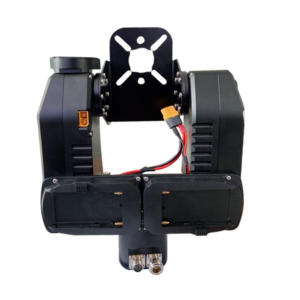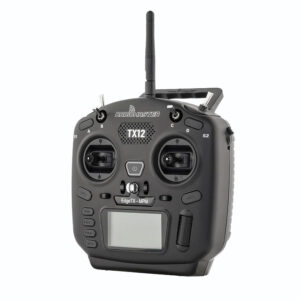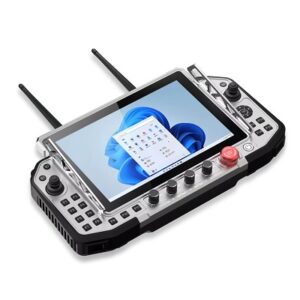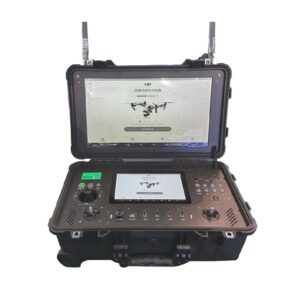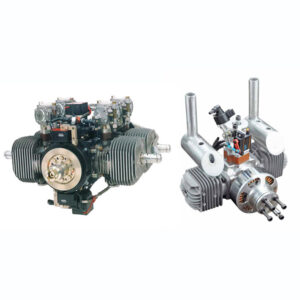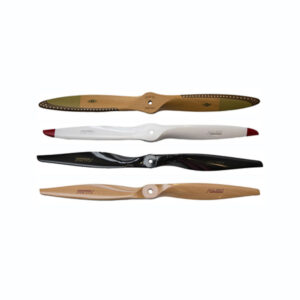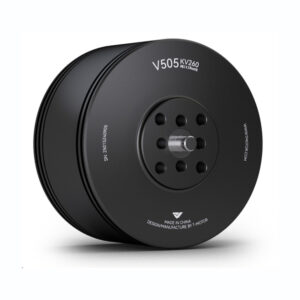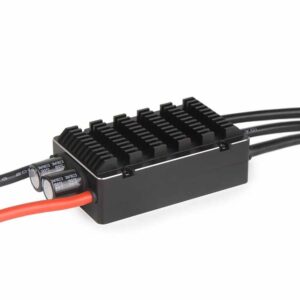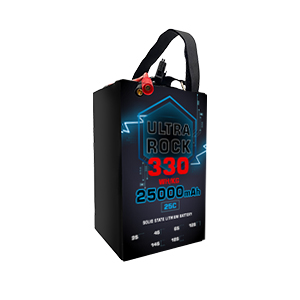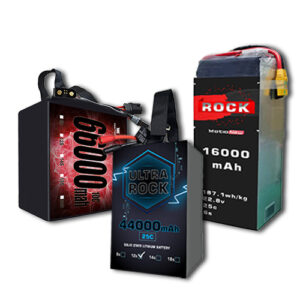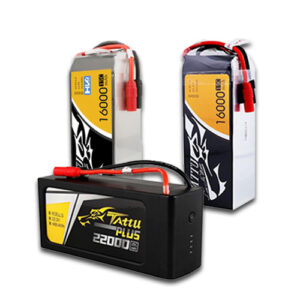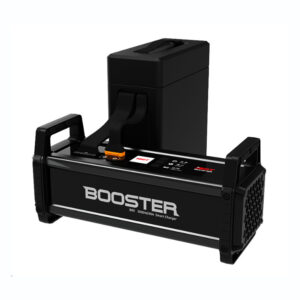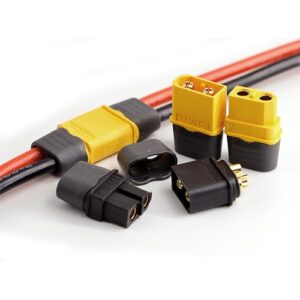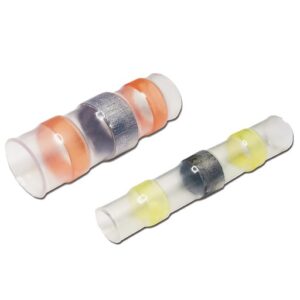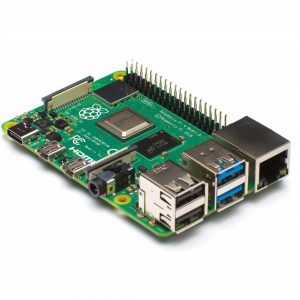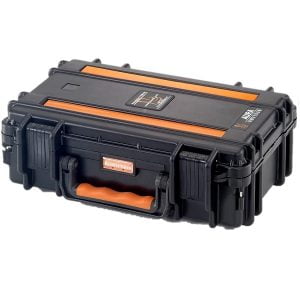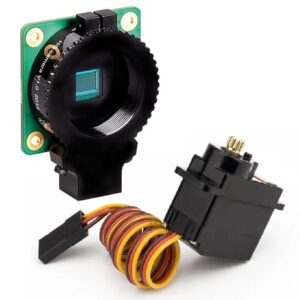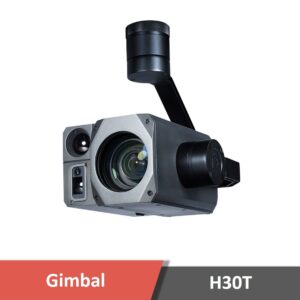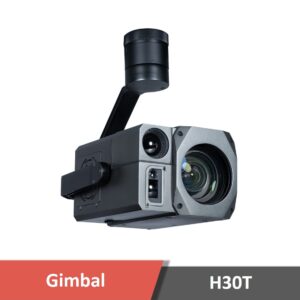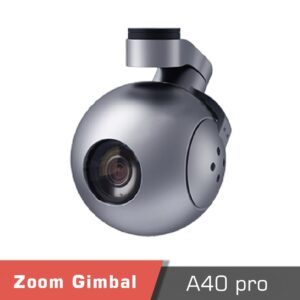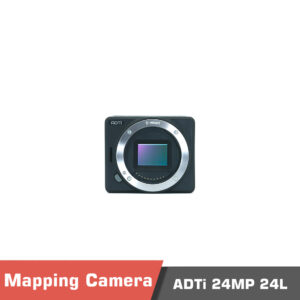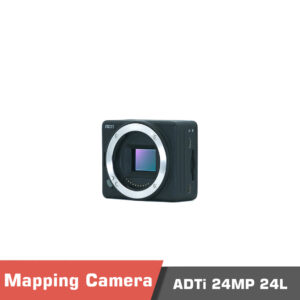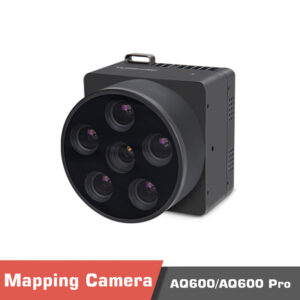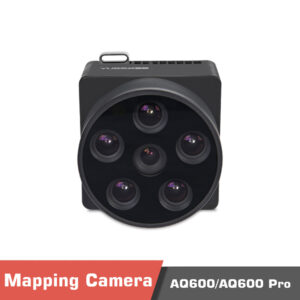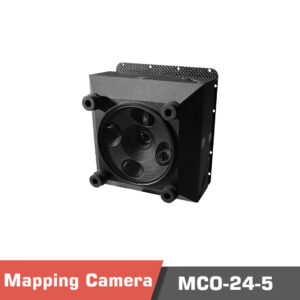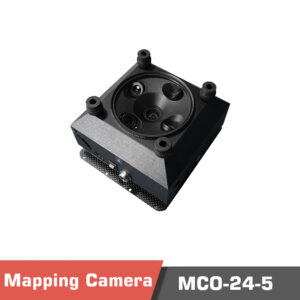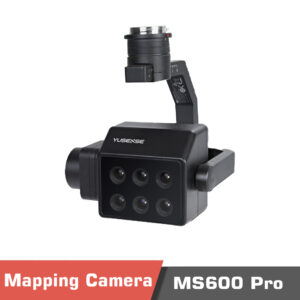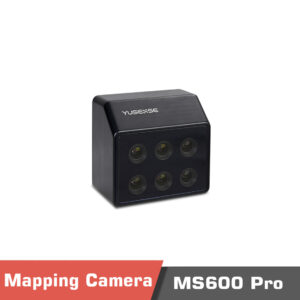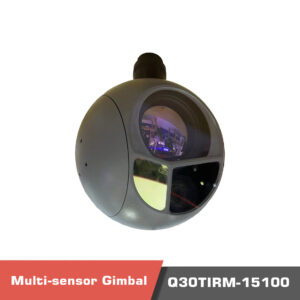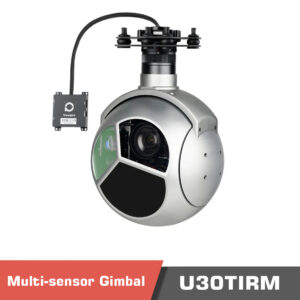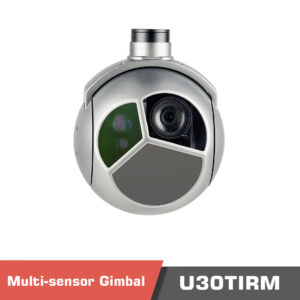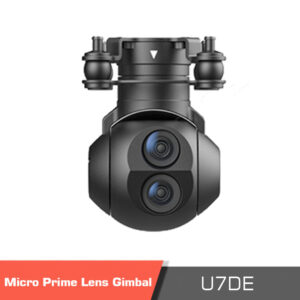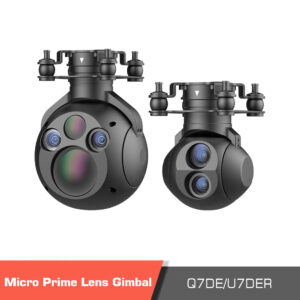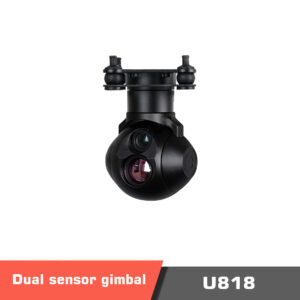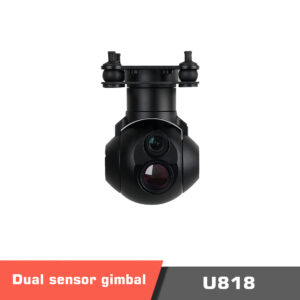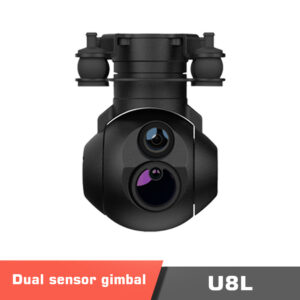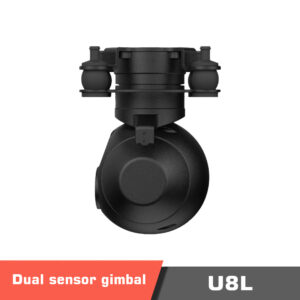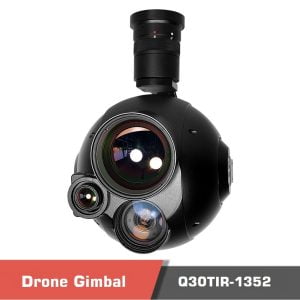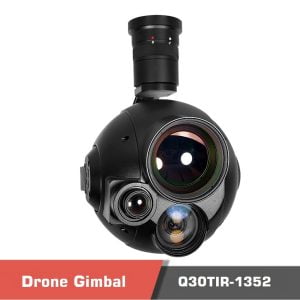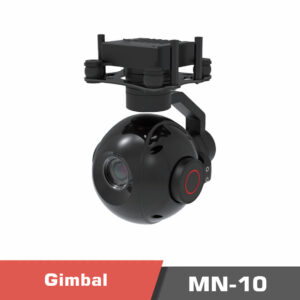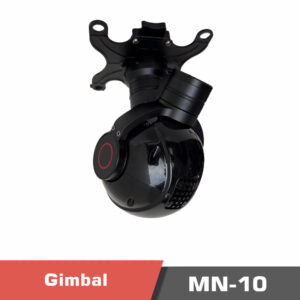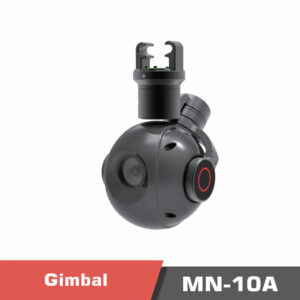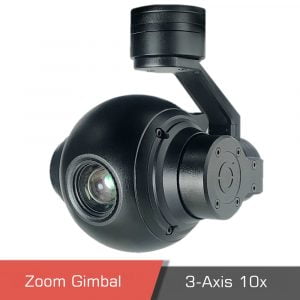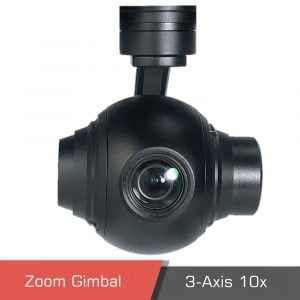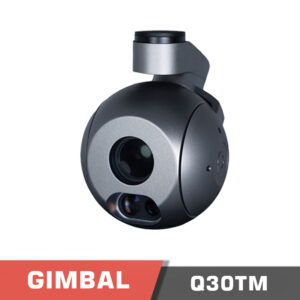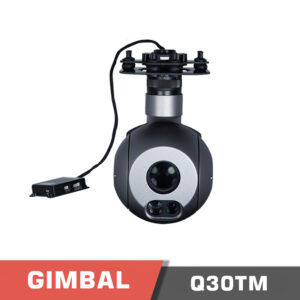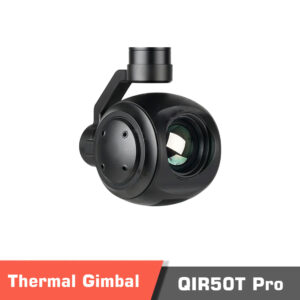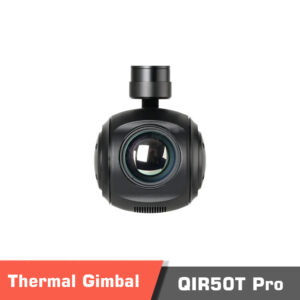Gimbal & Payload for Drone

-
1280×1024 HD IR Thermal QIR50T Pro Gimbal Camera
- 10690.00 $ – 10890.00 $
What is a gimbal on a drone
An optical payload, or gimbal, is now an essential part of any drone used for surveillance, mapping, or photogrammetry. These gimbal drone cameras provide stabilization to remove vibrations coming from the drone’s body. Stabilization is achieved with brushless motors operating on multiple axes, using data from embedded sensors like IMU and encoders.
MotioNew provides different models of camera gimbal drone and UAV gimbal payloads suitable for various needs and applications. If you want to equip your fixed wing drone with a gimbal camera or your VTOL drone with a gimbal camera, you’ve come to the right place.
We offer a wide range of gimbal cameras for drone, including simple models with a single sensor (either daylight or night sensor), and multi-sensor gimbal cameras typically combining a day sensor, a night sensor, or even a laser range finder (LRF). The LRF helps estimate the distance to targets, with some models providing GPS coordinates of the target location.
Night Sensor Options for Gimbal Drones
When talking about a gimbal drone with a night sensor, it may refer to either:
-
Gimbal thermal camera: detects temperature differences in the environment, identifying objects based on heat signatures.
-
Infrared (IR) gimbal camera: projects IR light into the scene, capturing reflected signals. This is limited by the IR projector’s power.
Zoom Capabilities of Gimbal Drone Cameras
Being able to zoom is one of the most sought-after features in a gimbal camera for drone. Since UAVs usually fly high and targets are often small (3-4m), optical zoom is essential to keep image quality intact. Our MotioNew gimbal cameras range from 10x optical zoom up to 40x optical zoom.
Some budget-friendly models use a fixed lens with digital zoom up to 32x, while hybrid zoom combines optical + digital to extend the zoom range.
what is the difference between a 2 axis gimbal and a 3 axis gimbal drone?
For clean, stable output from a drone gimbal camera, removing vibrations is crucial. Most of our gimbals are 3 axis gimbal stabilizers, controlling roll, pitch, and yaw. Some lighter or lower-cost models are 2 axis gimbal drones, stabilizing only two axes.
Even with 3-axis stabilization, control is generally on 2 axes (pitch & yaw), adjustable via remote or automatic commands from the autopilot to track a target.
Advanced Features and Output Options of Gimbal Cameras
Our gimbal cameras use the sensors from known manufacturers like Sony and Panasonic. Coming with different Mega Pixels (MP), they have Full HD and 4K output video resolution. Different gimbal models have HDMI video output or Ethernet video output (IP video output), and the frame per second video output (fps) can be 30fps or more (e.g., 60fps). A full resolution copy of the gimbal footage is recorded onboard on the SD card (or TF card), while a lower resolution video output is transmitted to the ground side with a wireless transmission system, and can be recorded on the ground side as well. Some extra information form the UAV or the gimbal itself can be shown using an On-screen display (OSD). This information includes the current zoom level of the gimbal camera, the roll and pitch (pan and tilt) positions of the gimbal, and some extra information from the drone like the speed, position of the target, and so on.
AI Functionality in New MotioNew Gimbal Camera Models
New models of Our gimbal camera models come with Artificial Intelligence (AI) functionality for object detection, object recognition, and object tracking. They can identify human and car out of the box, with the possibility to train them to identify customized objects based on your needs and application. For example if you are doing wildlife monitoring and protection, you may want to train the AI model to detect and identify specific wildlife species. After that, you can lock on the detected target and track it automatically. Even if the target goes behind an obstruction momentarily – e.g., behind another object, building, or a bridge, the gimbal will not lose lock and will continue tracking the target after it becomes visible again.
Considerations for Choosing a Drone with Camera and Gimbal:
When choosing a drone with gimbal camera, always consider your drone’s payload capacity. Lightweight UAVs need smaller, lighter gimbals like our Hawkeye series that fit in the palm of your hand. Larger drones or helicopter platforms can handle gimbal cameras over 20 kg.
Range of Prices for MotioNew UAV Gimbal Camera Models
UAV gimbal camera models fall within a wide range of prices to suit the needs of different applications. Whether it is going to be used in surveillance missions, fire fighting missions, public safety, inspection, search and rescue missions, or disaster prevention, we have the right option of gimbal for drone for you. The cost of a single unit of gimbal camera can be as low as 300$, while higher end models with embedded artificial intelligence (AI) capabilities can cost more than a few thousand dollars.
FAQ
What is a gimbal on a drone?
A gimbal is a stabilization system that keeps the camera level and vibration-free while the drone moves, ensuring sharp images and smooth video footage.
Is a 2-axis gimbal enough or should I use a 3-axis gimbal?
For basic stabilization, a 2-axis gimbal is lighter and more affordable. But if you want the smoothest results, especially for professional inspection or surveillance, a 3-axis gimbal is recommended.
Can I install these gimbal cameras on any drone?
Yes, as long as your drone’s payload capacity and size can accommodate the gimbal. We offer lightweight models for small UAVs and heavy-duty options for larger drones or helicopters.

